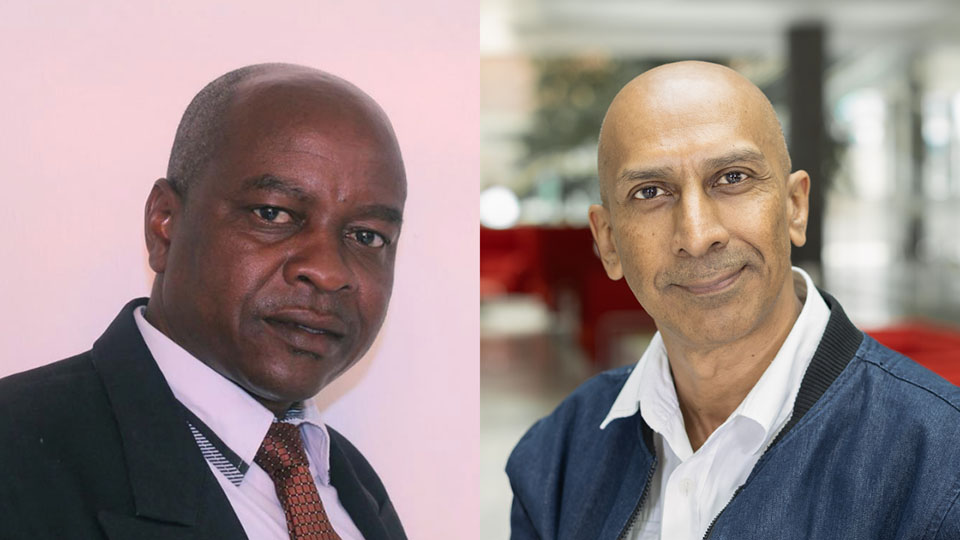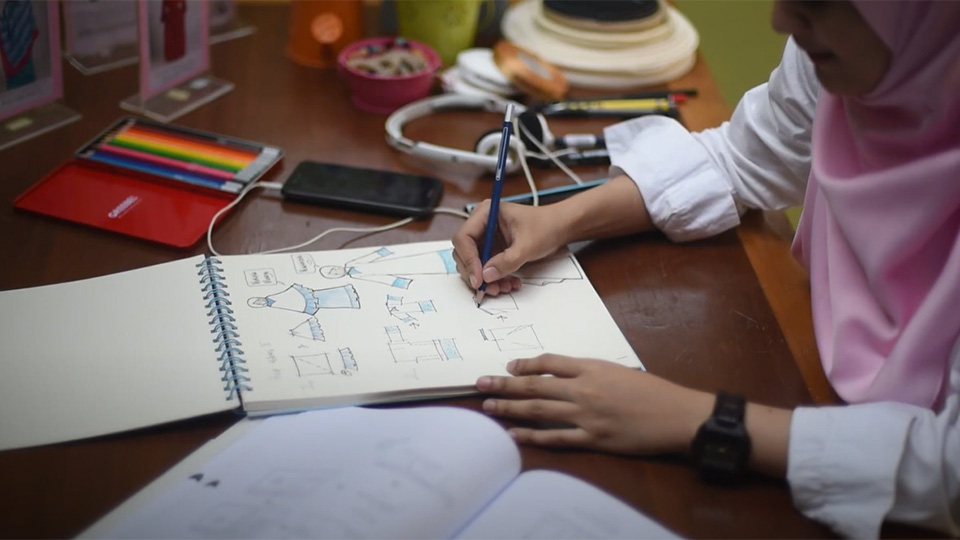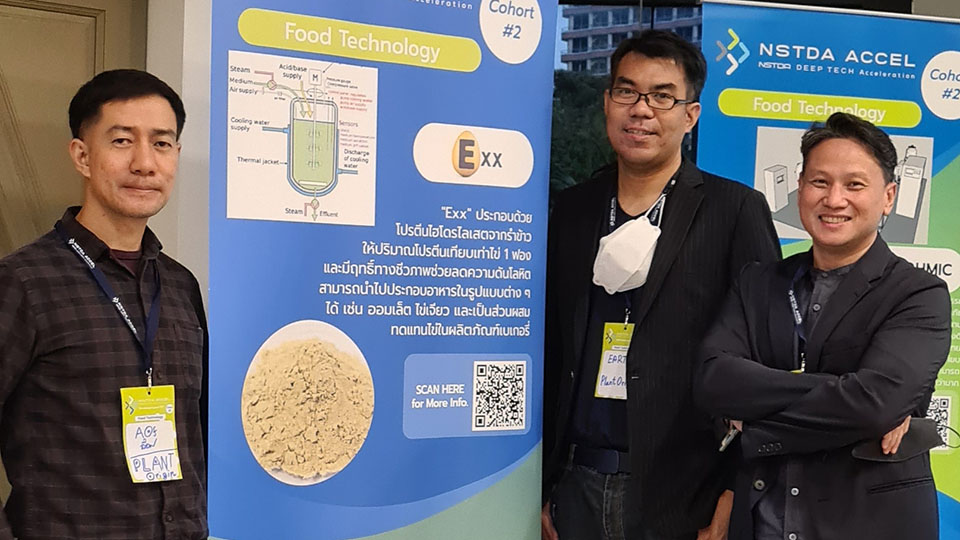Cattle Owners in Latin America Can Now Track Their Herds to Prevent Thefts and Epidemic
Tracking cattle over the vast expanses of Uruguay to prevent epidemics was what motivated Victoria Alonsopérez to create Chipsafer, fresh out of university where she graduated as an electronics engineer, in 2012. Now 34, Victoria is based in Singapore where she is working on a new version of her cattle tracking system and is determined to continue to patent her inventions.
Victoria’s background is in aerospace. “I’ve always loved aerospace so I used to work with small satellites,” a passion that she had since she was 4 years old.
In 2012, she had written a paper on satellite regulation and was trying to find an International Telecommunication Union conference to present the paper. Browsing the ITU website, she stumbled upon a call for the ITU Telecom World Young Innovators competition targeting young innovators who could solve a problem in their region using telecommunication. She thought about the 2001 outbreak of foot and mouth disease in Uruguay and the region, which affected the whole economy because Uruguay’s main export is livestock products. She was looking for a way to prevent such epidemics and was inspired by the solar panel-fueled mini-satellites she was working with.
She came up with an idea for a system that would remotely monitor the behavior of cattle, which became a GPS-based method that relays information about each animal to farmers.

To her surprise, she won the competition against teams coming from renowned universities, such as Stanford and the Massachusetts Institute of Technology.
Not one to waste time, back in Uruguay Victoria got a business partner, and Chipsafer was incorporated in January 2013.
After launching Chipsafer, Victoria realized that most of the market, in particular in Latin America and Africa was interested in cattle thefts and the invention found a new function.
Chipsafer tracking system
The Chipsafer tracking system comes with hardware (a collar) and a full stand-alone livestock-production management software. The collar fitted with a smart sensor is placed around the animal’s neck and serves to geolocate it and detect any anomaly in movement. Chipsafer is seeking to address several issues such as cattle theft, lost cattle due to wandering, and any anomaly that is a telltale that an animal is sick, or giving birth.

The self-charging cattle tracking device sends information collected with a GPS locator and an accelerometer every 30 minutes to a gateway hosted in the cloud where farmers can access that information. Chipsafer’s farm management software allows farmers to manage their herds. They can see the animals, where they have been, how much they walked per day, and get their whole genealogy. They can also register sales and purchases.
Built to resist weather conditions, water, shocks, mud, dust, and scratches Chipsafer’s cattle GPS collar is reusable on different animals. Chipsafer’s rural management software is freely accessible and features a sanitary calendar and various types of alerts and reports.
The tracker also serves as a traceability tool across the animals’ lifecycle. In Uruguay, Victoria noted, the cattle have a positive environmental impact and consumers should know it. Raising cattle in Uruguay contributes to preserving the natural pastures of the country, and its biodiversity.
Chipsafer’s Business Model
Chipsafer operates as a B2B company, selling to resellers across the world from Singapore. The main clients are currently in Latin America and Australia.
The company started mass production in 2020 but in the wake of the Covid-19 crisis, component shortages made the company face delays. Chipsafer took this opportunity to improve both the hardware and the software system and is ready to get the new version of collars worn around the globe. The manufacturing is done in Singapore, where the company is also part of the Singapore Space and Technology Accelerator.

Seed funding was provided by a grant from the Uruguayan National Agency for Research and Innovation. Chipsafer also won several prizes, including from the Inter-American Development Bank. The start-up, now staffed with 10 people, is still relying on grants, prizes, and business partners’ funds.
She advised early entrepreneurs to be vigilant about investors, and “not letting anyone just come in.” “It is a very big mistake from entrepreneurs who are just starting and think that any money is good money, but that is not the case,” she insisted. Investors are getting into the company, they are stakeholders so “you have to be extremely careful with whom you let in.”
Patents key to success
Victoria is a strong believer in the importance of intellectual property protection. In 2012, before presenting her invention at the ITU competition, Victoria filed a provisional patent at the United States Patent and Trademark Office. She then submitted a full patent in the U.S., Uruguay, and Brazil. She was awarded the U.S. patent in 2016 (US9504387B2). “It was such a great honor to be able to have a patent, it’s amazing!” she said. Her patent was granted in Uruguay in 2022.

“I think IP is very important because that is what investors are looking for and how they are going to support you. If you have a technology and have not patented it, it could be at risk of being stolen.” “For small inventors that do not have many resources, IP is very important because you are investing a lot in your technology and if gets copied it can be of no use at all”.
Filing a provisional application before entering the competition and disclosing her invention was key. Disclosing her invention would have precluded her from applying for a patent.
When filing for a trademark application in Uruguay for Chipsafer, another company had registered “Chipsafe”, which might have been an issue, but Victoria said her trademark was granted very quickly since the two companies agreed it would not be an issue since their products were very different and used in distinct industries.
Chipsafer is now planning to patent new technological developments worldwide. The name of the company is also protected, building a strong brand, which will resonate with customers with future products of the company.
Overcoming challenges of the supply chain in the midst of COVID-19
Victoria said Chipsafer is the most comprehensive and affordable solution to track cattle. However, her most recent and pressing challenge is the Covid-19-induced global shortage of components. “It has been awful,” she remarked. “As a start-up, it really affected us, and led to a huge delay in delivery.”
“Being a hardware company during the pandemic has been really tough,” she said, adding that they succeeded in overcoming the issue to ship the first batch order and working hard on the next one.

For the future, Victoria is thinking about diversifying and exploring other areas, such as wildlife, and other industries. “This is something I’ve always wanted to do since the beginning,” she said, adding that the company had to focus on its core activity because of funding requirements.
Victoria is currently a Young Global Leader of the World Economic Forum and a United Nations Young Leader for the Sustainable Development Goals. She also won the 2013 Best Young Inventor Award from WIPO.



